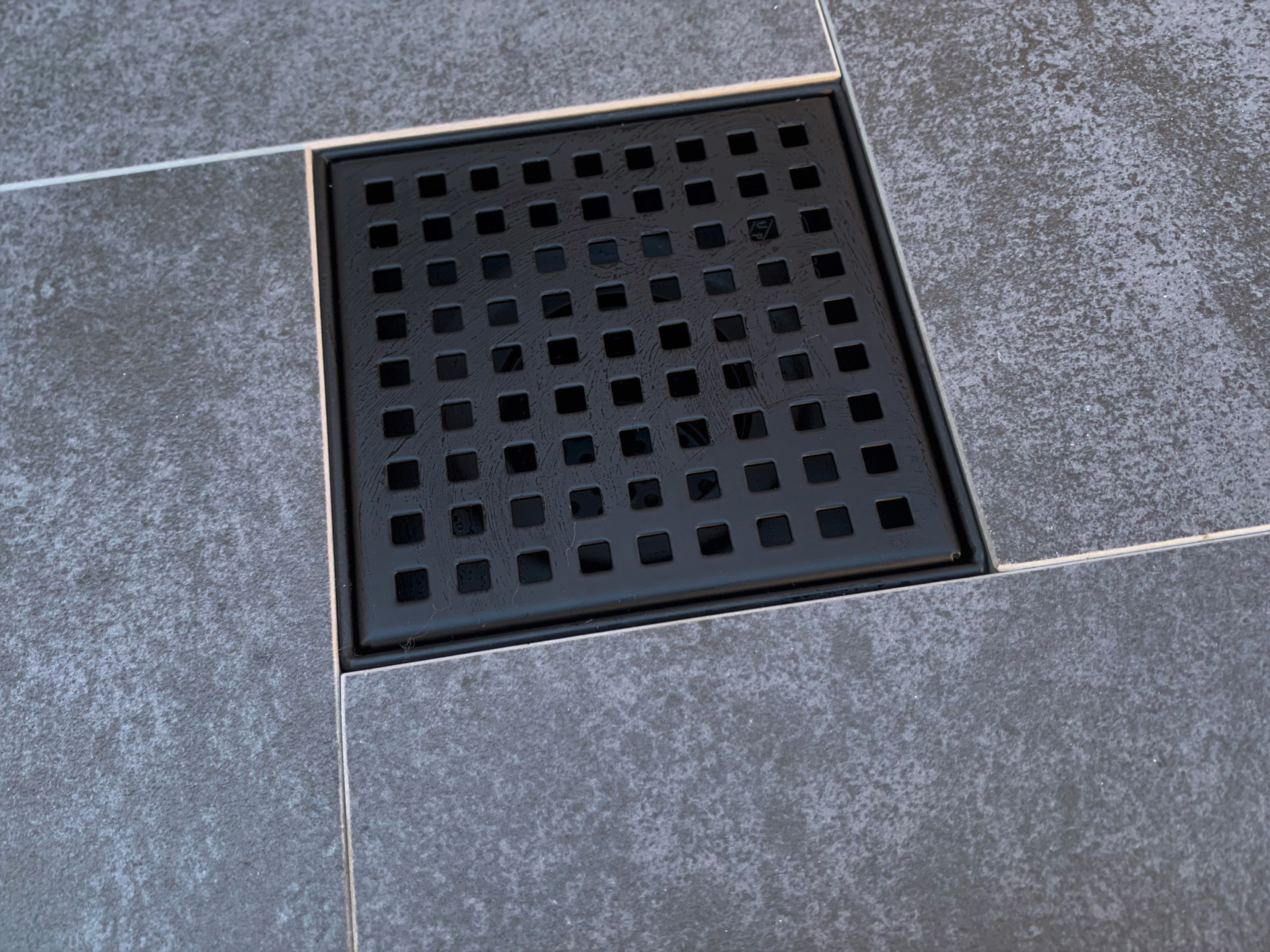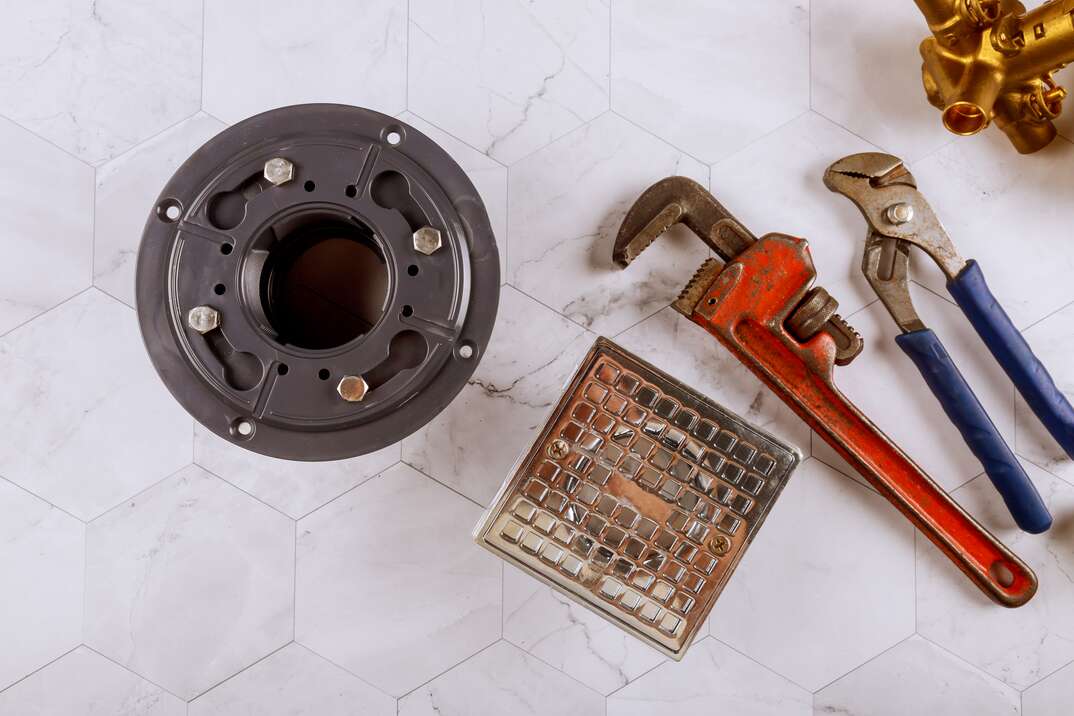DIY-Do-It-Yourself-Self-Installed Shower Drain-Bathroom Drain-Drainage System Installation-Setup-Project: A Guide-Step-By-Step Manual-Comprehensive Handbook
DIY-Do-It-Yourself-Self-Installed Shower Drain-Bathroom Drain-Drainage System Installation-Setup-Project: A Guide-Step-By-Step Manual-Comprehensive Handbook
Blog Article
Are you currently trying to find additional info around How to Install a Shower Drain in a Basement?

Upgrading a shower room is among the a lot more prominent house enhancement jobs. Managing the plumbing for draining your shower can be extremely basic unless you overdo it.
Handling Your Own Shower Drain Installation Project
You can physically build a collector for your new shower, but you actually require to consider it. Do you truly wish to enter into the complications of obtaining the sloping right, in addition to making sure every facet of it is water resistant? As well as I imply every aspect! It is a lot easier to just purchase a pre-cast collector online or at your neighborhood Lowes, House Depot or equipment store. Building one could seem like an excellent concept, but you will possibly really feel differently after a number of hours.
Regardless of just how you set about getting a frying pan, you must make every effort to make use of one that has the drain located in the very same spot as the initial pan. Moving the drainpipe pipes can be a job, especially if the builder utilized an unique framework structure. If you are figured out to move the drain, you are mosting likely to have to reduce the pipe or extend it, which may suggest ripping up huge portions of the floor. Rephrase, you are going to be considering a several weekend break job.
Thinking we have our drain aligned, the actual attach is fairly basic. The drainage pipe need to be facing upright up to the collection agency. It will certainly often appear like a "U", which suggests it serves as a cleanout to maintain unpleasant smells from returning up from the drainpipe. To connect the drain, you are mosting likely to create a water tight link in between a drain cap on the top of the frying pan and also the drainage pipe. Equipments differ, but you are normally mosting likely to do this by putting a coupling item on the top of the water drainage pipe. This is then covered with gaskets as well as essentially screwed into the drain cap. The drain cap must work as a locknut, to wit, it screws straight onto the coupling.
The challenging part of this process is obtaining your drainpipe cap to match a watertight position in the pan. This is achieved by withdrawing the drain cap once you make sure every little thing meshes. At that point, you put plumbing technicians putty around the bottom of the cap and afterwards screw it back on. The putty needs to form a tight seal between the cap as well as the shower pan, which maintains water from flowing under it and into the framing under the shower.
Certainly, shower room showers can be found in a variety of designs nowadays. If you acquire an enthusiast, they almost always featured plumbing instructions or the store can keep in mind anything uncommon you need to know. It sounds complex, yet is typically rather straight forward. Have fun!
Whether you are a bathtub or shower person, many people seek shower just options when purchasing a home. This straightforward reality implies more than a couple of home owners spend a weekend upgrading or mounting showers in their washrooms. Luckily for you, it is a relatively easy process.
A collection agency or frying pan refers to the straight surface area located at the bottom of the shower. The collection agency commonly contains a non-slip surface slightly banked in the direction of the center or wherever the drainpipe is located. Integrated with three to 4 inch walls around the side, the goal of your shower drainage plumbing is to get the water to move to and also down the tubes.
Tips for Installing a Shower Drain Assembly
Renovating a bathroom can be exciting as well as fulfilling if you’re tackling the job DIY-style. After you cross off the bigger decisions such as tile style, paint colors, and fixtures, you’ll need to finalize smaller details – such as the shower drain. In this article, we’re sharing some tips for selecting and installing the right drain assembly for your updated shower.
What is a shower drain assembly?
Shower bases or pans typically only come with a pre-drilled drain hole. Since the pan slopes toward the drain, you should consider the placement – left, center, or right – when designing your shower. You’ll need to purchase and install a shower drain assembly that connects the shower pan to the drain pipe underneath the shower. There are a few types of assemblies, which will be covered below.
Size of a shower drain
When it comes to installing drains, size matters. The recommended pipe size for a shower drain is 2 inches, whereas most tubs use 1.5-inch pipes. Why the difference?
Shower pans are shallower than tubs, so there’s a higher risk for overflow. So, the larger pipe allows for quicker draining. If you are replacing an old tub with a newer stand-up shower, you will need to make additional plumbing adjustments to accommodate the 2-inch pipe.
Types of shower drain assemblies
There are three common types of shower drain assemblies: compression shower drain, solvent-glue shower drain, and tile shower drain. The layout, design, and materials of your shower can determine which type of shower drain assembly will work best.
Compression shower drain
This type of assembly attaches to the drain pipe with compression washers and nuts. The drain fitting is typically installed into the base, and then the base is installed into the bathroom floor. This makes compression-style drains easier to install than other options, particularly if you don’t have easy access from the floor under the shower base. Drains are available in a wide range of materials such as PVC (polyvinyl chloride), ABS (Acrylonitrile Butadiene Styrene), and brass, and can be used for acrylic, fiberglass, and steel shower bases.
Solvent-glued shower drain
Made of either polyvinyl or ABS, this type of shower drain is sealed to the drain pipe with solvent glue and silicone. Since you’ll be working underneath the drain pan, we only recommend using this type of drain if you have access under the shower, such as from a basement or crawlspace. It’s also important that you match the type of plastic of the drain with the drainpipe. If you take these precautions, you can install a solvent-glued drain assembly with acrylic, fiberglass, and steel shower bases.
Tile shower drain –
Drain assemblies for custom tile showers feature a waterproof membrane liner placed between two flanges. The tile is installed on top of the liner, collecting any water that seeps through the porous grout. A metal strainer is installed in line with the tile over the drain.
https://www.epshawaii.com/blog/tips-for-installing-a-shower-drain-assembly/

I hope you enjoyed our part on Easy Shower Drain Installation Tips. Thanks a ton for taking the time to read our piece. Kindly take the time to share this page if you appreciated it. Thanks a bunch for your time. Kindly pay a visit to our blog back soon.
Report this page